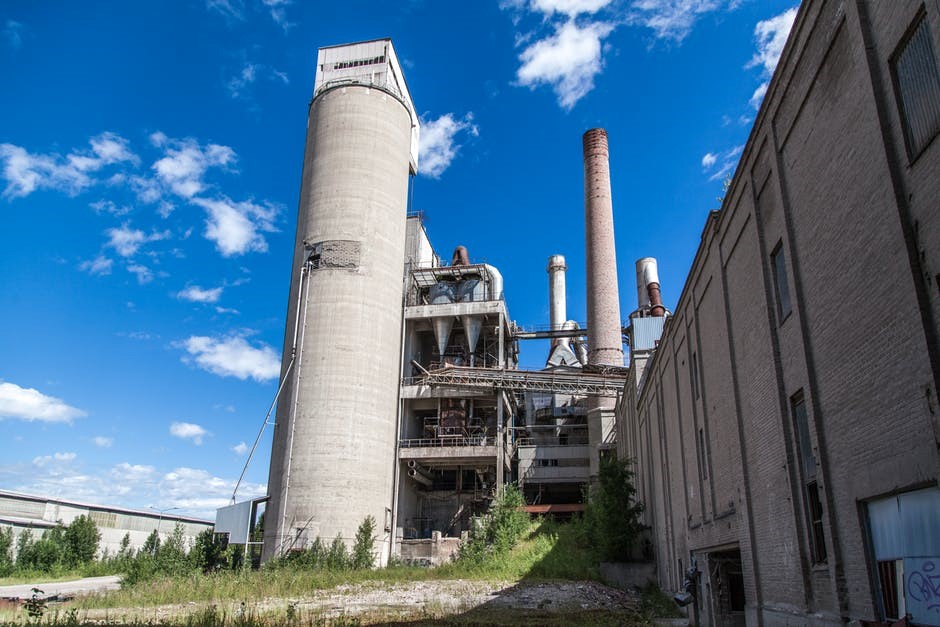
Four Industrial Duct Options
If you require an industrial duct system for your business, whether to control airborne pollution, contaminated substances or dust in its various forms, you may be wondering what options are available and which is best suited for your needs. Let’s take a look the four most common types.
In considering each of these types of ducting, it should, of course, be remembered that one of the main purposes of your ducting is to keep the employees who work on your premises safe and to meet your responsibilities under the law. In the case of dust, the Health & Safety Executive sets out what you are required to do as an employer to protect your employees.
Welded Flanged Duct
This type of ducting is particularly useful where the substance being passed through the system is highly toxic or is at high pressure, for example. The angle rings which form the rolled flanges allow the ducting to be sealed together extremely tightly, and the addition of a gasket can help to ensure the system is air or liquid tight. It is, however, an expensive option.
Vanstone Flanged Duct
Similar to welded flanged duct, the main difference here is that flanges are placed at a ninety-degree angle to the ducting rather than being rolled.
Spiral Duct
One of the most commonly used types of ducting is spiral. While it’s a relatively cheap option to buy and is particularly useful where long straight runs of ducting are required, this type of ducting must be made up prior to shipping so can push up delivery costs.
As the name suggests, it is manufactured by creating a spiral from sheets of metal, usually galvanised steel, to create a single continuous tube. The ends are clamped using a variety of methods – three of the most common include the double seam, the reeves snap and the standard snap.
Companies such as https://www.dustspares.co.uk/ductwork-parts/galvanised-steel-spiral-duct.html/ provide a range of spiral ducting options.
Clamp-Together Duct
This duct system is a versatile option that is used for the collection of a myriad of pollutants, from the dust created in the paper and wood industry to metal shavings and exhaust fumes.
Each piece is created with the same rolled lip at each end. Once cut, this now straight end is slid into a sleeve to create a telescopic effect.



Average Rating